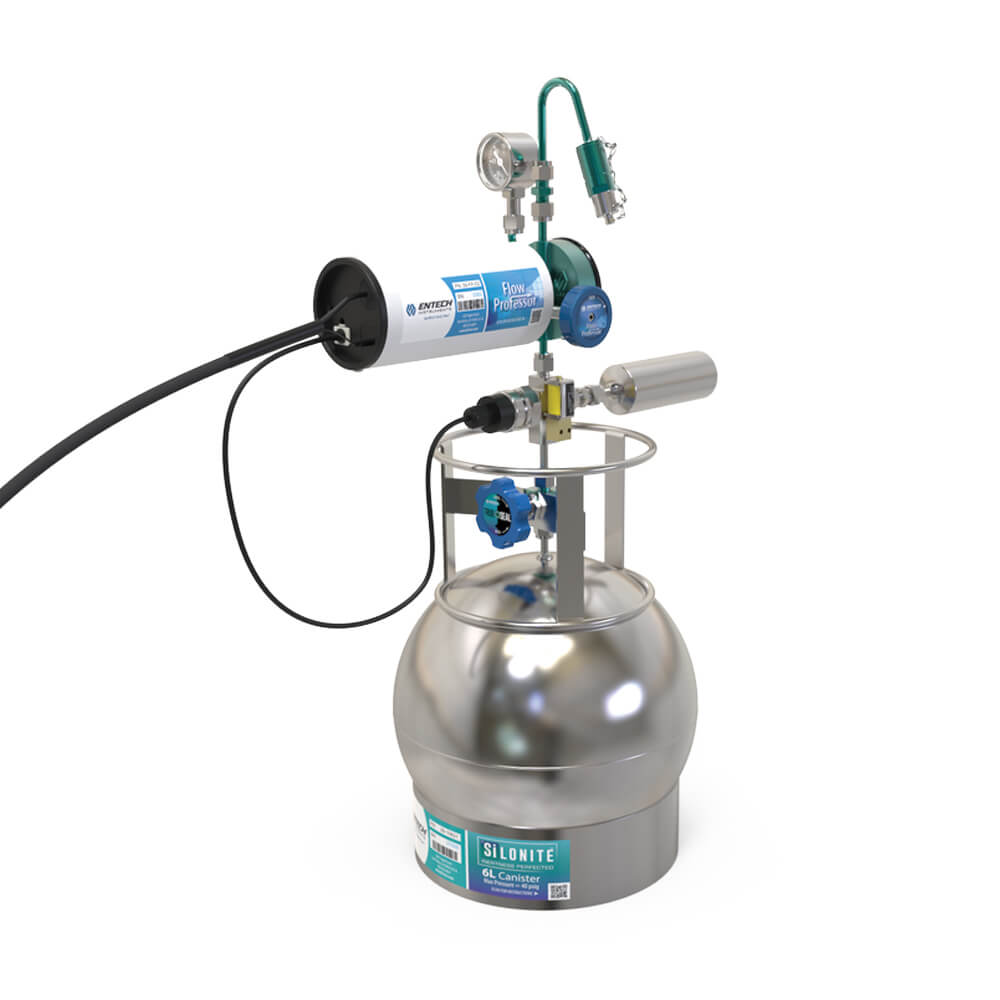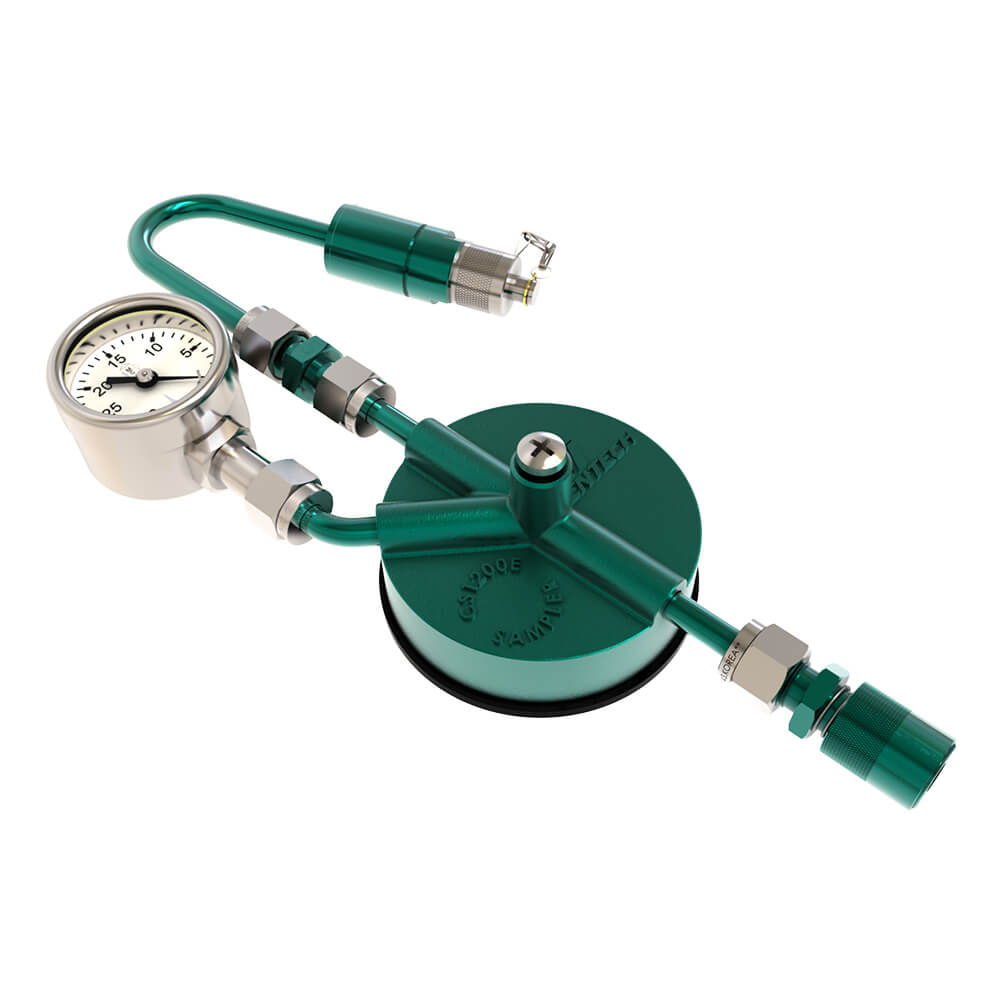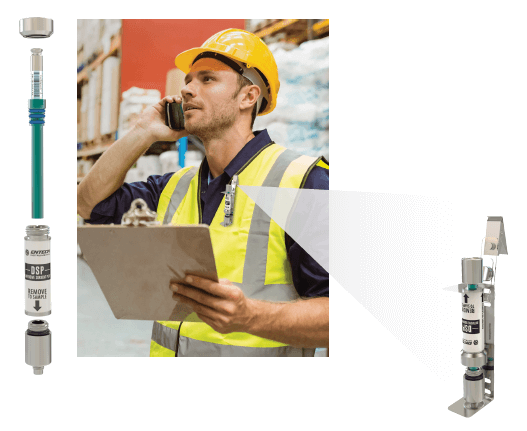
Entech @ National Ambient Air Monitoring Conference
Marriott Portland Downtown Waterfront, Portland, Oregon
August 13-16, 2018
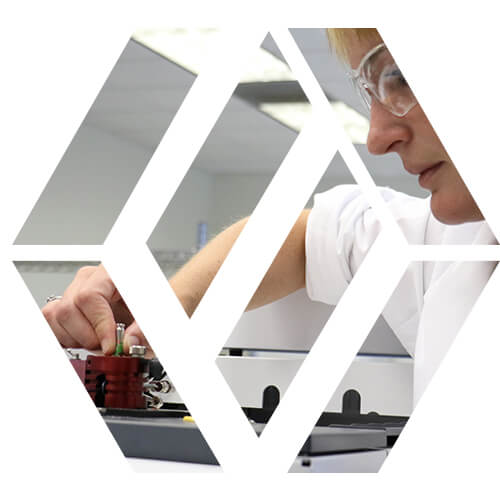
Join Entech at National Ambient Air Monitoring Conference in Portland, Oregon
Entech Booth #111
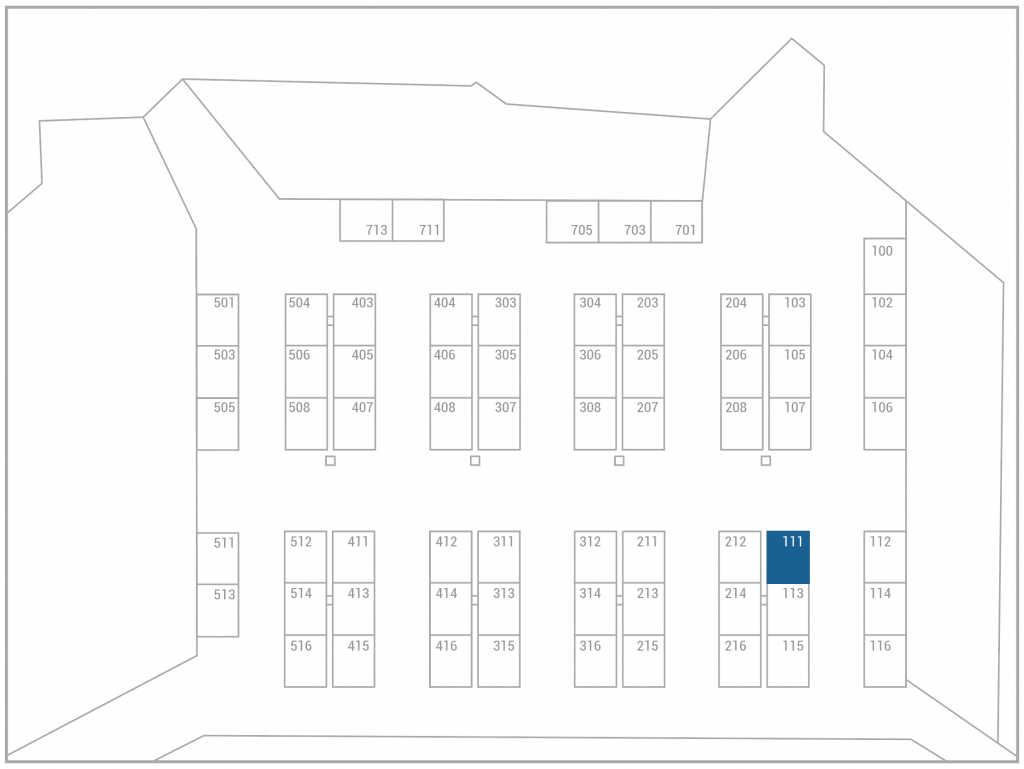
The Combination of 3 New Sampling Techniques paired with GCMS for Determination of Uptake Rates and Accurate Monitoring of SVOC Endocrine Disruptors in Indoor Air
Daniel B Cardin , Tom Robinson, Jiewen Zhang, Victoria L. Noad
Abstract
Growing understanding of endocrine disruptors continues to drive the need for accurate exposure assessment. Current monitoring techniques include active and passive air sampling. Passive samplers are more economical than active sampling systems requiring pumps in the field, however, currently there is no accurate way to determine SVOC passive uptakes rates. The combination of 3 new approaches provides a solvent-free and cost-effective manner of monitoring organic contaminants in indoor air by providing a way to collect compounds, measure diffusive uptake rates to convert the amount collected to concentrations present in air, and calibrate the GCMS to convert response to amount on tube by analyte weight. Reproducible passive sampling is performed using a diffusive sorbent tube without pumps or power source. Determination of diffusive sampling rates is achieved by using a 2nd similar device which actively collects and measures the volume collected, while maintaining near diffusive flow rates inadsorption to ensure identical recoveries. Active air sampling at flow rates slow enough to be comparable to diffusive rates allows the first-ever accurate comparison of active to passive collection, resulting in true determination of SVOC uptake rates. GCMS calibration response for all compounds collected in indoor air sampled is attained using a 3rd technique which allows liquid standards to be injected into a vial with subsequent vacuum assisted transfer via diffusion to the sorbent tube, creating the same distribution of the calibration compounds as obtained using passive samplers in the field. Passive samplers are placed in an environment for a period of hours to weeks, depending on the sensitivity and monitoring period required, and then isolated and transferred to a laboratory for direct thermal desorption onto a GCMS. Data reveals both the accuracy and reproducibility achieved by combining these 3 new approaches resulting in comprehensive SVOC air monitoring.
Cryogen Free TO15 Canister Preconcentrator with Reduced System Carryover When Exposed to High Concentration Samples and Real Time C2 Analysis by FID
Daniel B Cardin, Entech Instruments, Inc., Simi Valley, CA
Tom Robinson, Entech Instruments, Inc., Simi Valley, CA
Jiewen Zhang, Entech Instruments, Inc., Simi Valley, CA
Victoria L. Noad, Entech Instruments, Inc., Simi Valley, CA
Abstract
The need for accurate monitoring of chemicals in air using US EPA Method TO15 continues to grow in importance as the comprehension of their impact on human health evolves. Over the past several years, laboratories running Method TO15 have seen a sharp increase in the number of soil gas samples that must be analyzed with this method. Soil gas concentrations can climb to levels a million times higher than that of ambient air, creating a challenge for analytical systems to avoid contamination, which in turn can cause a loss in laboratory productivity. A means to provide pre-screening and a reduction in carryover is needed. A new canister preconcentrator and autosampler design is presented which increases method accuracy while improving immunity to system contamination, all without the use of liquid nitrogen or electronic cooling previously required to perform TO15 analysis. Elimination of cryogen expenses creates substantial savings for laboratories. This revolutionary trapping technology called Multi-Capillary Column Trapping System (MCCTS) has been developed using open tubular capillary columns in series with increasing strength to trap complex air samples containing compounds over a wide range of volatilities. The trap design shows less susceptibility to contamination when exposed to high concentration samples, reducing laboratory downtime. A new canister autosampler design uses a single heated inlet to connect to up to 48 canisters only during the time of sample extraction, with flushing of the line after sample preconcentration. This dramatically reduces system carryover relative to rotary valve based autosamplers. A pre-screening feature is also built into the autosampler, avoiding all contact with the preconcentrator traps, eliminating the potential for system contamination. Full TO15 validation is demonstrated including blank levels immediately after running higher concentration samples containing BTEX, PCE, and TCE often found in soil gas at high PPM levels. In addition, using one GC inlet and dual detector (MS and FID), C2 hydrocarbons can be analyzed real time by FID, eliminating the need for liquid nitrogen and temperamental electronic cooling.

